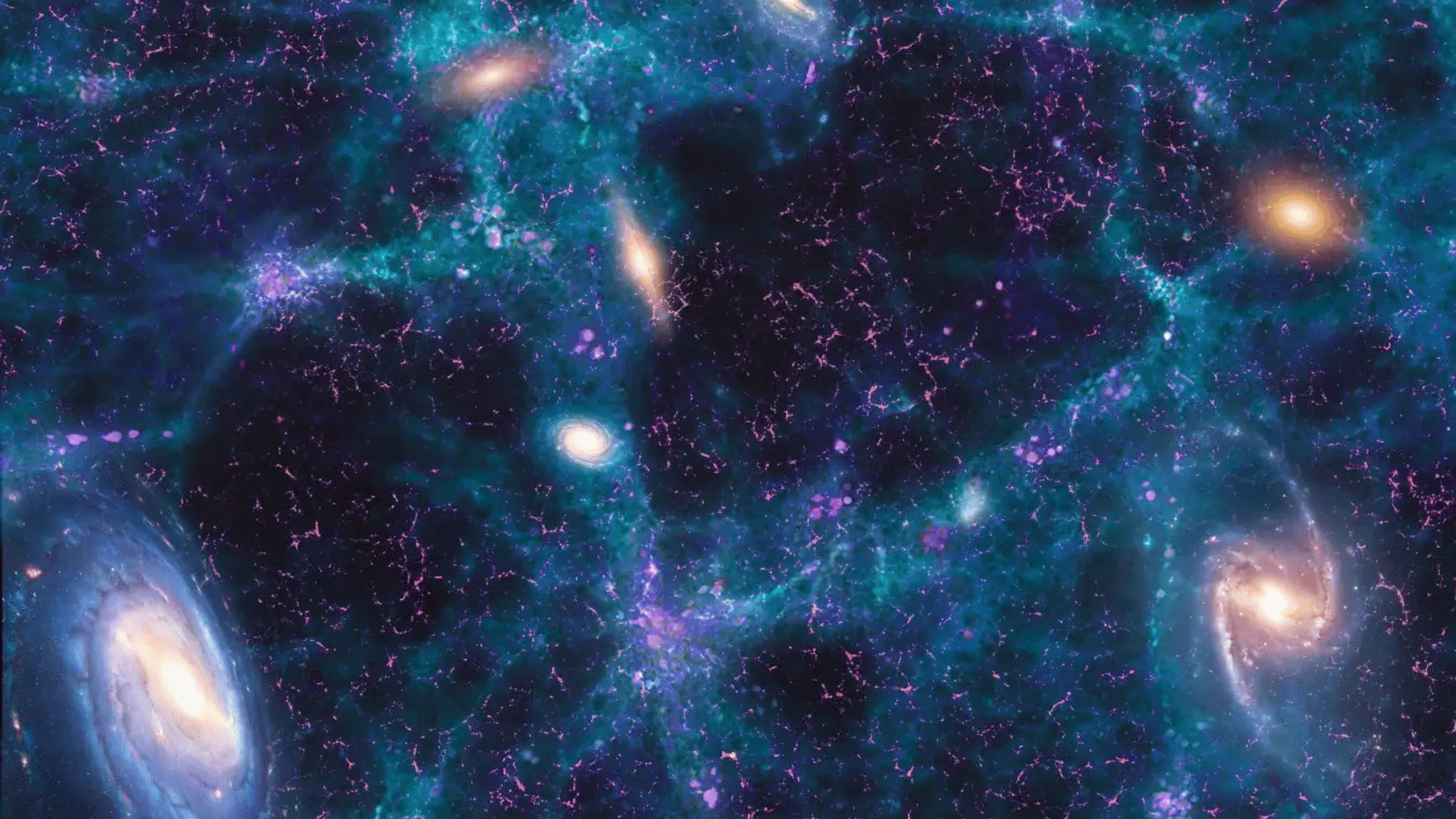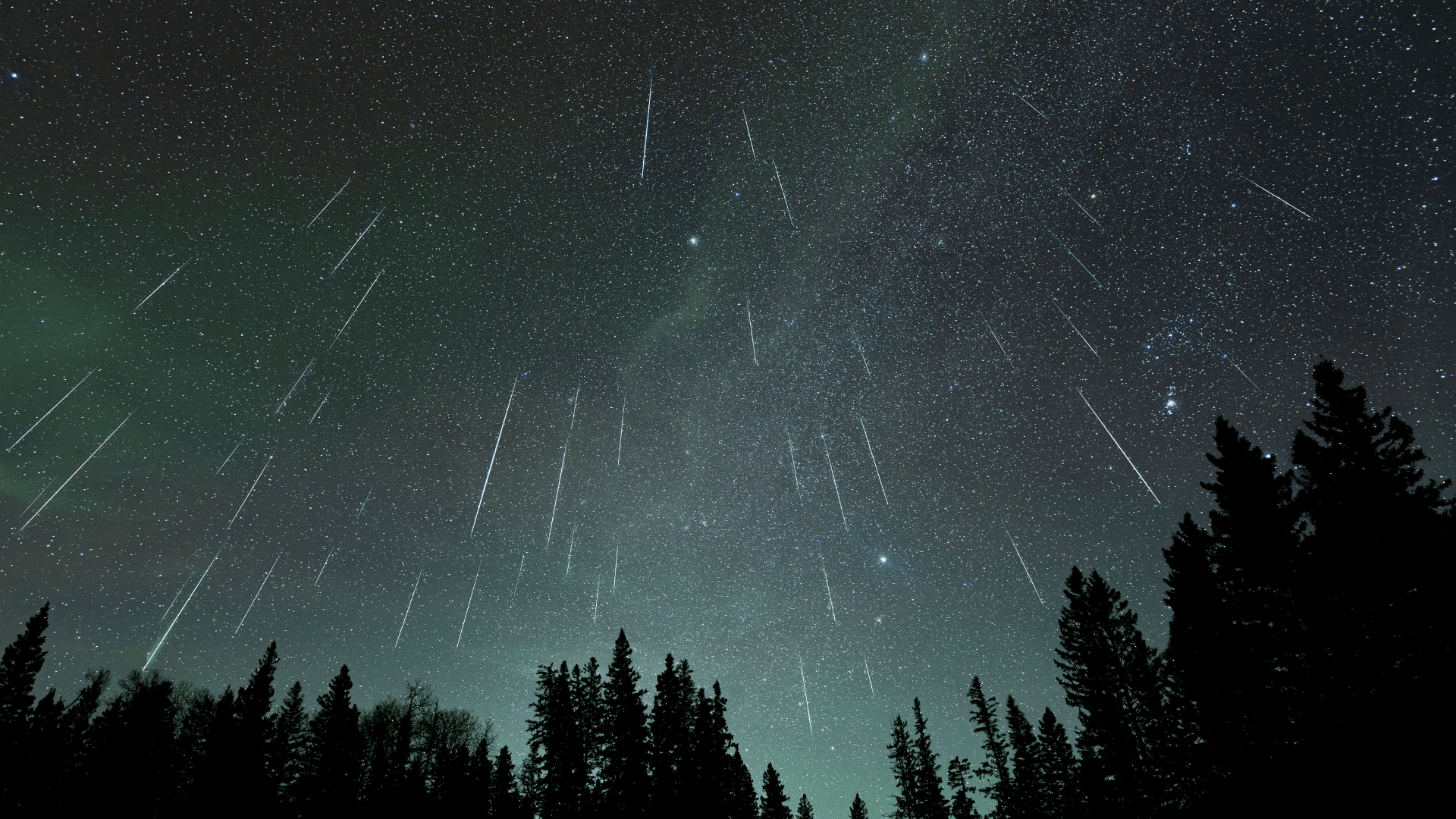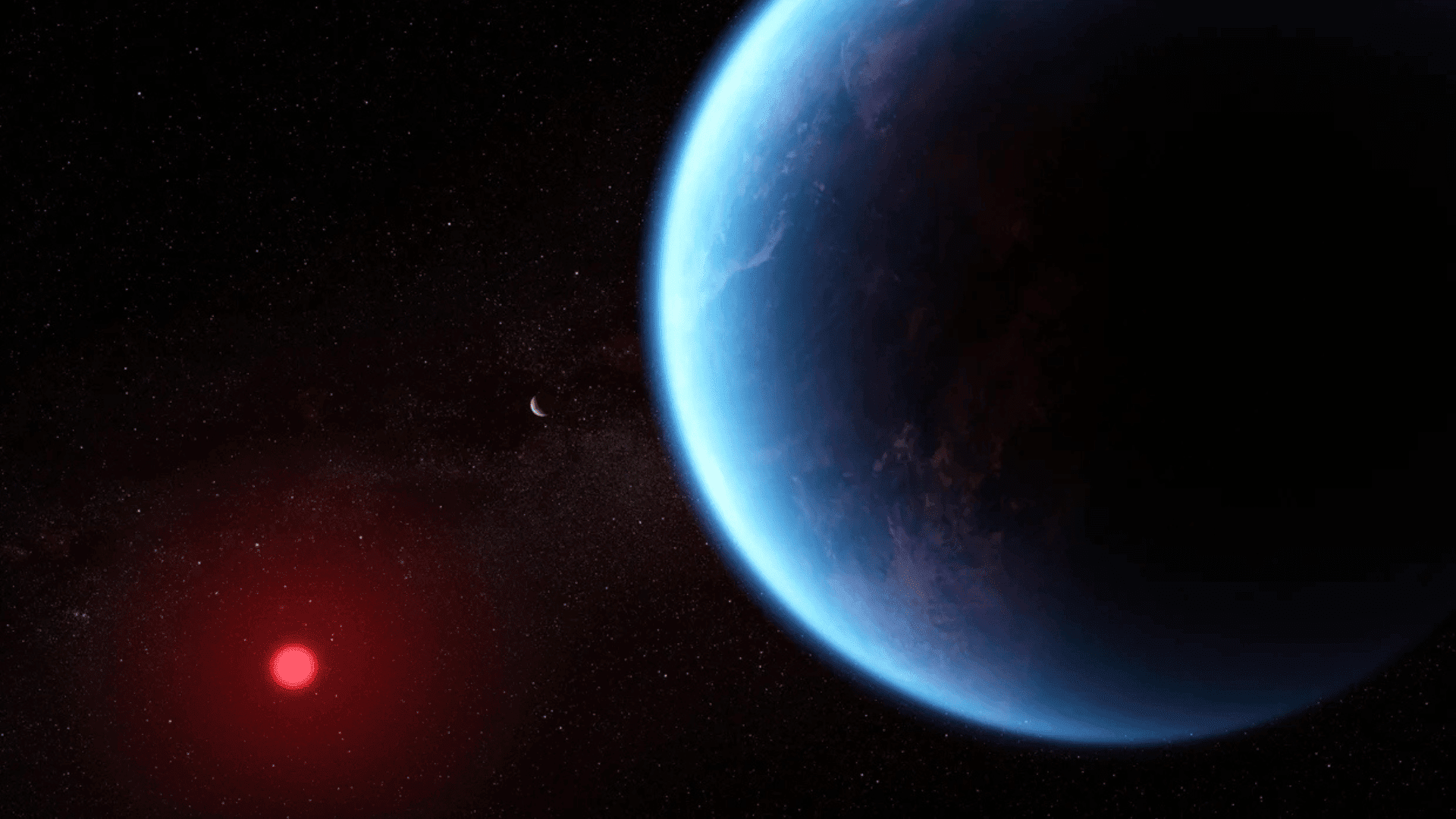Astronomers have discovered the largest known structure in the universe, which measures 1.4 billion light years across, contains nearly 70 galactic superclusters, and is hundreds of thousands of times larger than a single galaxy.

Hans Böhringer and his colleagues at the Max Planck Institute for Physics in Germany named the structure Quipu after an Incan counting system made from knotted rope. Böhringer was inspired after seeing the ropes in a museum near Santiago, Chile, while he was working at the European Southern Observatory.
Galaxies can clump together into clusters, which can then be grouped together into larger superclusters. Astronomers have previously mapped out several similar structures, including the Sloan Great Wall or the Laniakea supercluster, which previously held the titles of the largest structures known in the universe.
Böhringer and his team analyzed data from the German ROSAT X-ray satellite and examined galaxy clusters several hundred million light years from Earth to locate the cosmic structure. Using an algorithm defining the maximum distance each cluster could be from another before they’re considered unlinked, the team determined which clusters may be part of a larger structure.
Discoveries of larger structures have caused discrepancies amongst cosmologists in the past because they say the idea violates the cosmological principle, which states that, at large distances, the universe should be evenly spread out in each direction. These structures appear to contradict this idea because they clump together unevenly.
Böhringer, however, argues that we should consider the universe on a large scale, and similar structures can be found in the most accurate cosmological simulations. And, though the structure appears to be a single object, further research is needed to determine whether the clusters are gravitationally bound together.
“Making observations in a too small part of the universe, which has been done earlier on, can be misleading,” Böhringer stated to New Scientist.







